UK Economy: Immigration, Investment, Housing, Inflation, Unemployment
VerifiedAdded on 2023/02/01
|23
|3189
|69
Essay
AI Summary
This essay provides a comprehensive analysis of the UK economy, examining the impact of immigration, foreign investment, and the housing market. It explores the effects of immigration on wages, employment, and GDP, discussing both positive and negative aspects. The essay also analyzes how foreign direct investment (FDI) influences economic growth, considering factors like technology transfer, employment, and competition. Furthermore, it investigates the dynamics of the UK housing market, focusing on the interplay of supply, demand, and house prices, including the impact of government policies like 'Help-to-Buy.' Finally, the essay examines the relationship between inflation and unemployment in India, applying Okun’s law and the Phillips curve to explain their correlation and trade-offs, providing a well-rounded overview of key economic issues.

[Company name] [Company address]
Paraphrase This Document
Need a fresh take? Get an instant paraphrase of this document with our AI Paraphraser
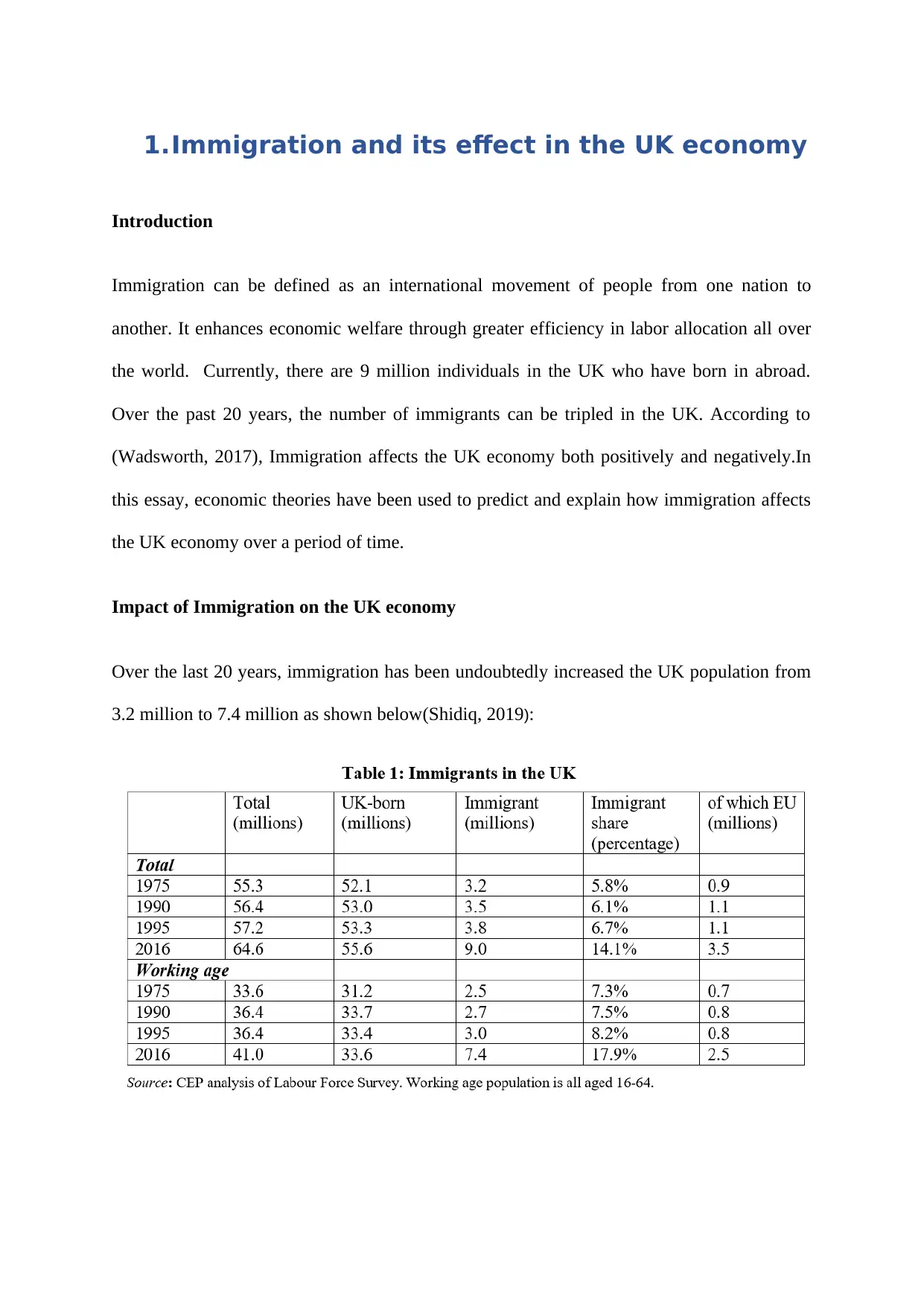
1.Immigration and its effect in the UK economy
Introduction
Immigration can be defined as an international movement of people from one nation to
another. It enhances economic welfare through greater efficiency in labor allocation all over
the world. Currently, there are 9 million individuals in the UK who have born in abroad.
Over the past 20 years, the number of immigrants can be tripled in the UK. According to
(Wadsworth, 2017), Immigration affects the UK economy both positively and negatively.In
this essay, economic theories have been used to predict and explain how immigration affects
the UK economy over a period of time.
Impact of Immigration on the UK economy
Over the last 20 years, immigration has been undoubtedly increased the UK population from
3.2 million to 7.4 million as shown below(Shidiq, 2019):
Introduction
Immigration can be defined as an international movement of people from one nation to
another. It enhances economic welfare through greater efficiency in labor allocation all over
the world. Currently, there are 9 million individuals in the UK who have born in abroad.
Over the past 20 years, the number of immigrants can be tripled in the UK. According to
(Wadsworth, 2017), Immigration affects the UK economy both positively and negatively.In
this essay, economic theories have been used to predict and explain how immigration affects
the UK economy over a period of time.
Impact of Immigration on the UK economy
Over the last 20 years, immigration has been undoubtedly increased the UK population from
3.2 million to 7.4 million as shown below(Shidiq, 2019):
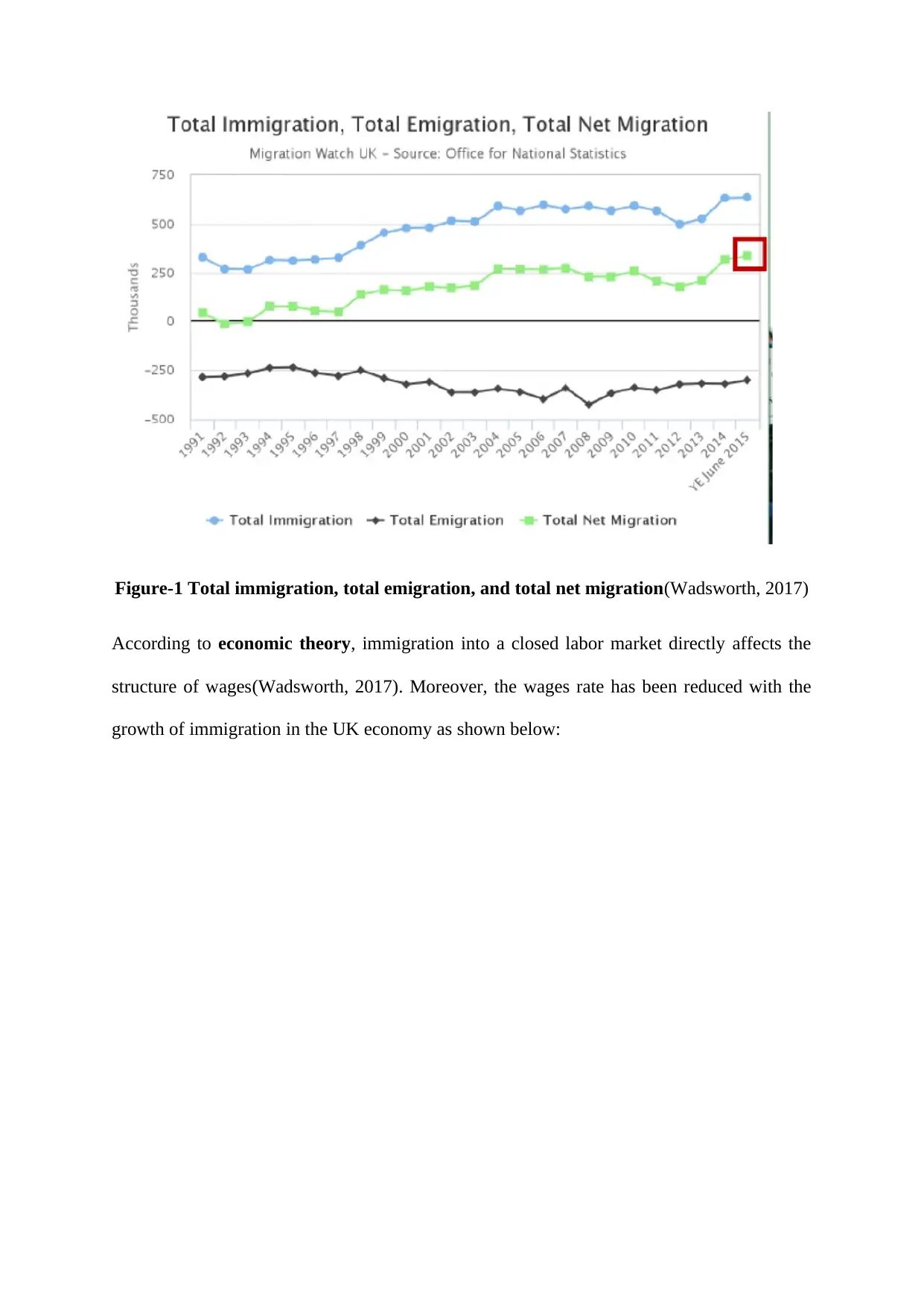
Figure-1 Total immigration, total emigration, and total net migration(Wadsworth, 2017)
According to economic theory, immigration into a closed labor market directly affects the
structure of wages(Wadsworth, 2017). Moreover, the wages rate has been reduced with the
growth of immigration in the UK economy as shown below:
According to economic theory, immigration into a closed labor market directly affects the
structure of wages(Wadsworth, 2017). Moreover, the wages rate has been reduced with the
growth of immigration in the UK economy as shown below:
⊘ This is a preview!⊘
Do you want full access?
Subscribe today to unlock all pages.

Trusted by 1+ million students worldwide
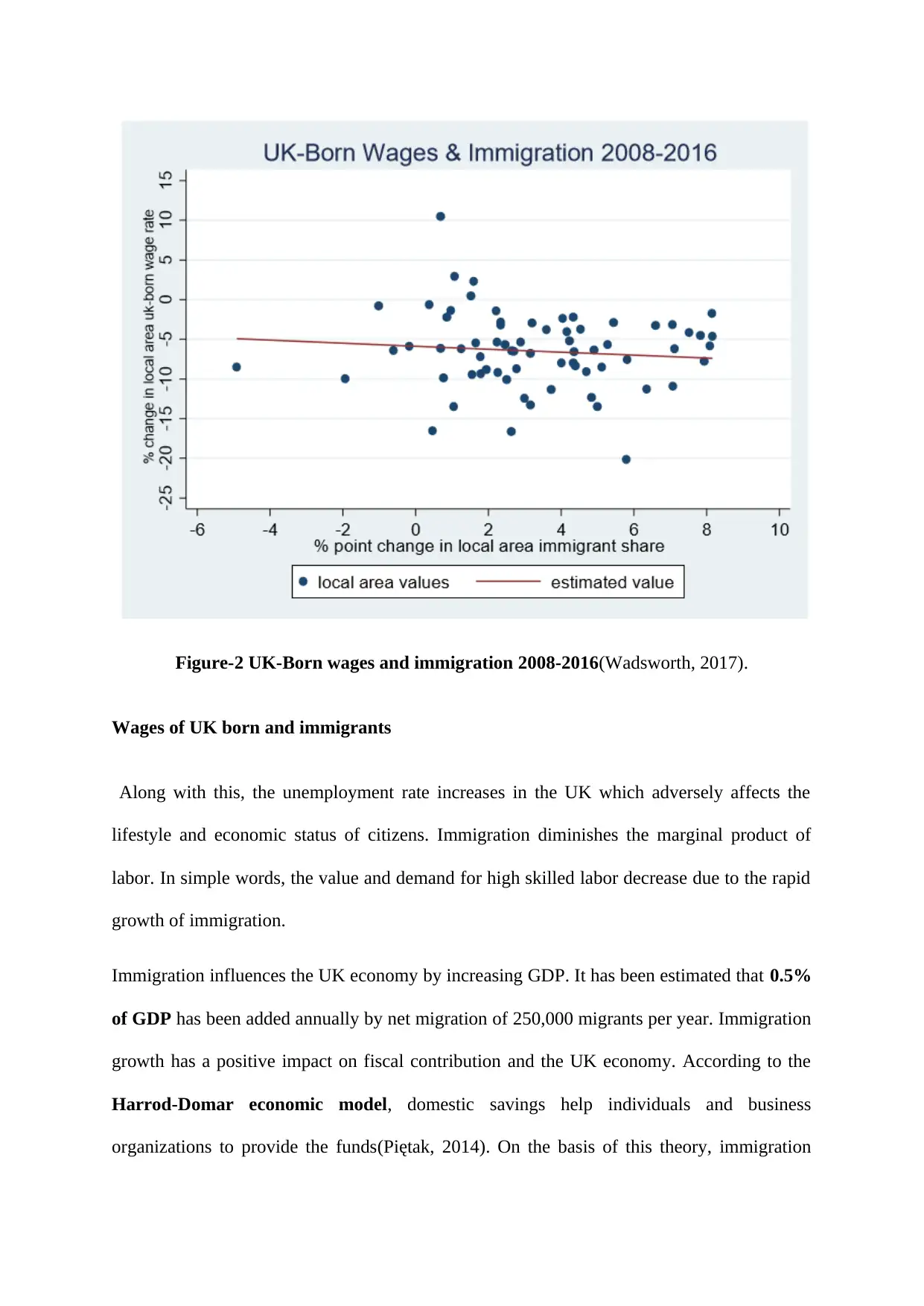
Figure-2 UK-Born wages and immigration 2008-2016(Wadsworth, 2017).
Wages of UK born and immigrants
Along with this, the unemployment rate increases in the UK which adversely affects the
lifestyle and economic status of citizens. Immigration diminishes the marginal product of
labor. In simple words, the value and demand for high skilled labor decrease due to the rapid
growth of immigration.
Immigration influences the UK economy by increasing GDP. It has been estimated that 0.5%
of GDP has been added annually by net migration of 250,000 migrants per year. Immigration
growth has a positive impact on fiscal contribution and the UK economy. According to the
Harrod-Domar economic model, domestic savings help individuals and business
organizations to provide the funds(Piętak, 2014). On the basis of this theory, immigration
Wages of UK born and immigrants
Along with this, the unemployment rate increases in the UK which adversely affects the
lifestyle and economic status of citizens. Immigration diminishes the marginal product of
labor. In simple words, the value and demand for high skilled labor decrease due to the rapid
growth of immigration.
Immigration influences the UK economy by increasing GDP. It has been estimated that 0.5%
of GDP has been added annually by net migration of 250,000 migrants per year. Immigration
growth has a positive impact on fiscal contribution and the UK economy. According to the
Harrod-Domar economic model, domestic savings help individuals and business
organizations to provide the funds(Piętak, 2014). On the basis of this theory, immigration
Paraphrase This Document
Need a fresh take? Get an instant paraphrase of this document with our AI Paraphraser
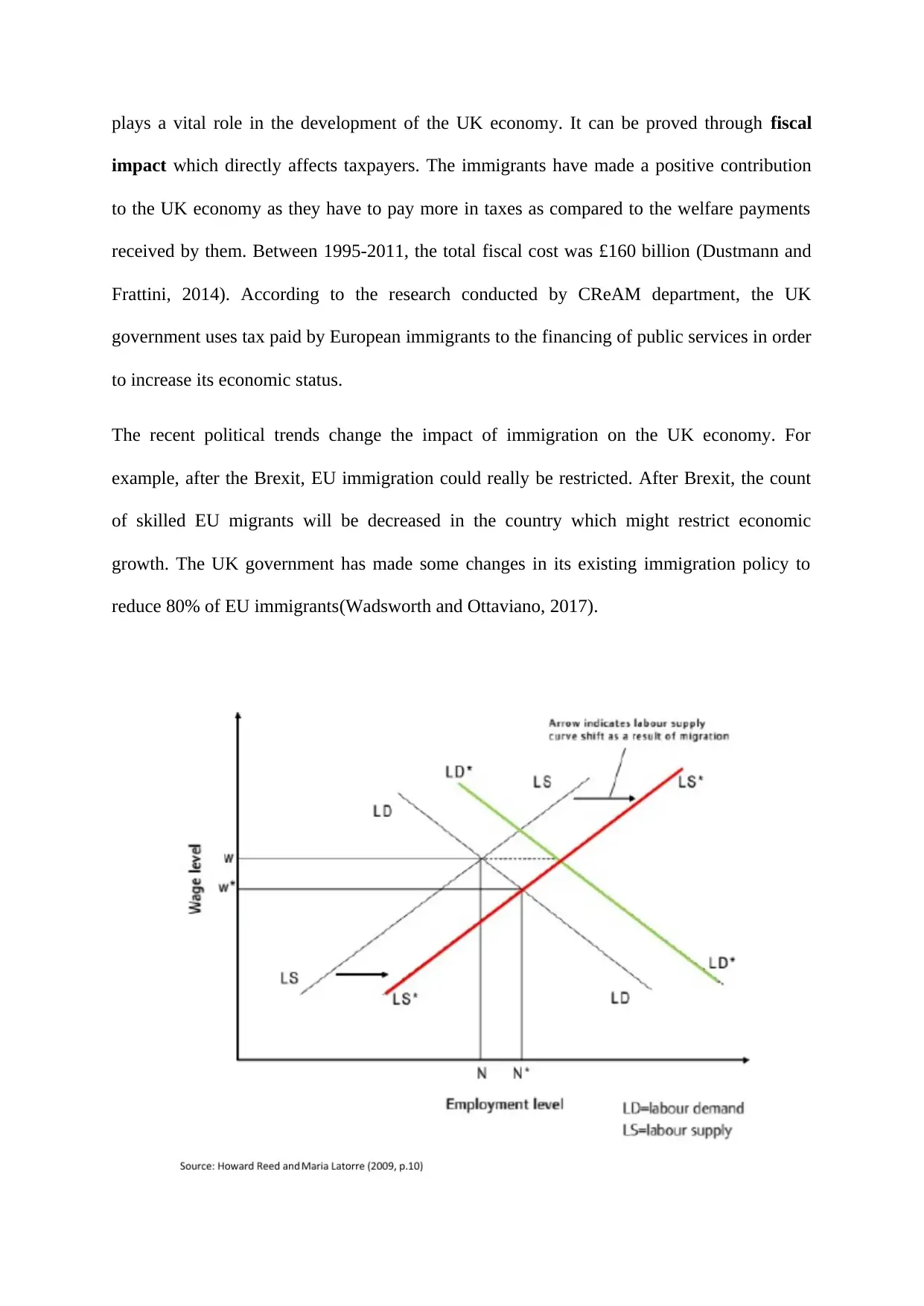
plays a vital role in the development of the UK economy. It can be proved through fiscal
impact which directly affects taxpayers. The immigrants have made a positive contribution
to the UK economy as they have to pay more in taxes as compared to the welfare payments
received by them. Between 1995-2011, the total fiscal cost was £160 billion (Dustmann and
Frattini, 2014). According to the research conducted by CReAM department, the UK
government uses tax paid by European immigrants to the financing of public services in order
to increase its economic status.
The recent political trends change the impact of immigration on the UK economy. For
example, after the Brexit, EU immigration could really be restricted. After Brexit, the count
of skilled EU migrants will be decreased in the country which might restrict economic
growth. The UK government has made some changes in its existing immigration policy to
reduce 80% of EU immigrants(Wadsworth and Ottaviano, 2017).
impact which directly affects taxpayers. The immigrants have made a positive contribution
to the UK economy as they have to pay more in taxes as compared to the welfare payments
received by them. Between 1995-2011, the total fiscal cost was £160 billion (Dustmann and
Frattini, 2014). According to the research conducted by CReAM department, the UK
government uses tax paid by European immigrants to the financing of public services in order
to increase its economic status.
The recent political trends change the impact of immigration on the UK economy. For
example, after the Brexit, EU immigration could really be restricted. After Brexit, the count
of skilled EU migrants will be decreased in the country which might restrict economic
growth. The UK government has made some changes in its existing immigration policy to
reduce 80% of EU immigrants(Wadsworth and Ottaviano, 2017).
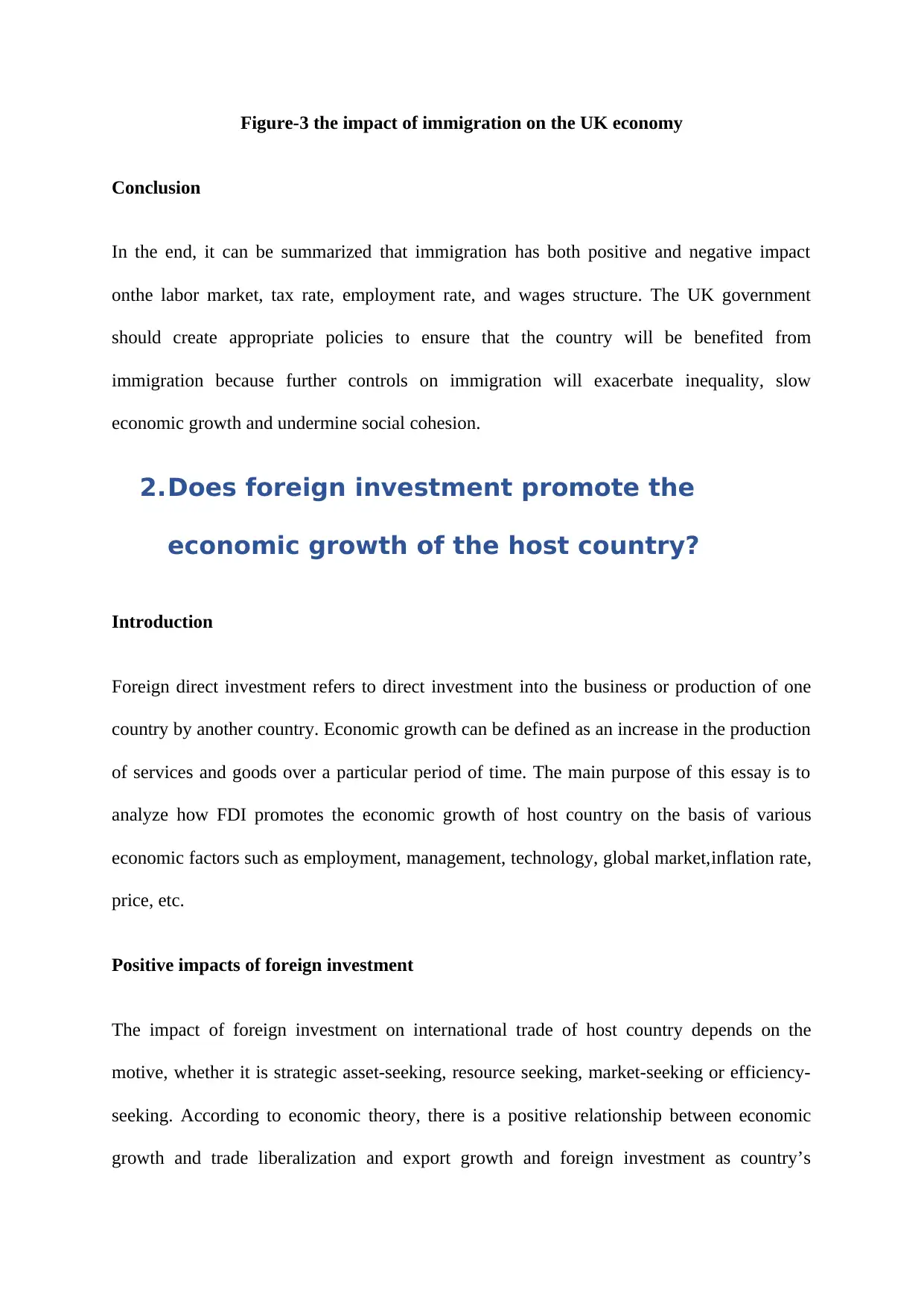
Figure-3 the impact of immigration on the UK economy
Conclusion
In the end, it can be summarized that immigration has both positive and negative impact
onthe labor market, tax rate, employment rate, and wages structure. The UK government
should create appropriate policies to ensure that the country will be benefited from
immigration because further controls on immigration will exacerbate inequality, slow
economic growth and undermine social cohesion.
2.Does foreign investment promote the
economic growth of the host country?
Introduction
Foreign direct investment refers to direct investment into the business or production of one
country by another country. Economic growth can be defined as an increase in the production
of services and goods over a particular period of time. The main purpose of this essay is to
analyze how FDI promotes the economic growth of host country on the basis of various
economic factors such as employment, management, technology, global market,inflation rate,
price, etc.
Positive impacts of foreign investment
The impact of foreign investment on international trade of host country depends on the
motive, whether it is strategic asset-seeking, resource seeking, market-seeking or efficiency-
seeking. According to economic theory, there is a positive relationship between economic
growth and trade liberalization and export growth and foreign investment as country’s
Conclusion
In the end, it can be summarized that immigration has both positive and negative impact
onthe labor market, tax rate, employment rate, and wages structure. The UK government
should create appropriate policies to ensure that the country will be benefited from
immigration because further controls on immigration will exacerbate inequality, slow
economic growth and undermine social cohesion.
2.Does foreign investment promote the
economic growth of the host country?
Introduction
Foreign direct investment refers to direct investment into the business or production of one
country by another country. Economic growth can be defined as an increase in the production
of services and goods over a particular period of time. The main purpose of this essay is to
analyze how FDI promotes the economic growth of host country on the basis of various
economic factors such as employment, management, technology, global market,inflation rate,
price, etc.
Positive impacts of foreign investment
The impact of foreign investment on international trade of host country depends on the
motive, whether it is strategic asset-seeking, resource seeking, market-seeking or efficiency-
seeking. According to economic theory, there is a positive relationship between economic
growth and trade liberalization and export growth and foreign investment as country’s
⊘ This is a preview!⊘
Do you want full access?
Subscribe today to unlock all pages.

Trusted by 1+ million students worldwide
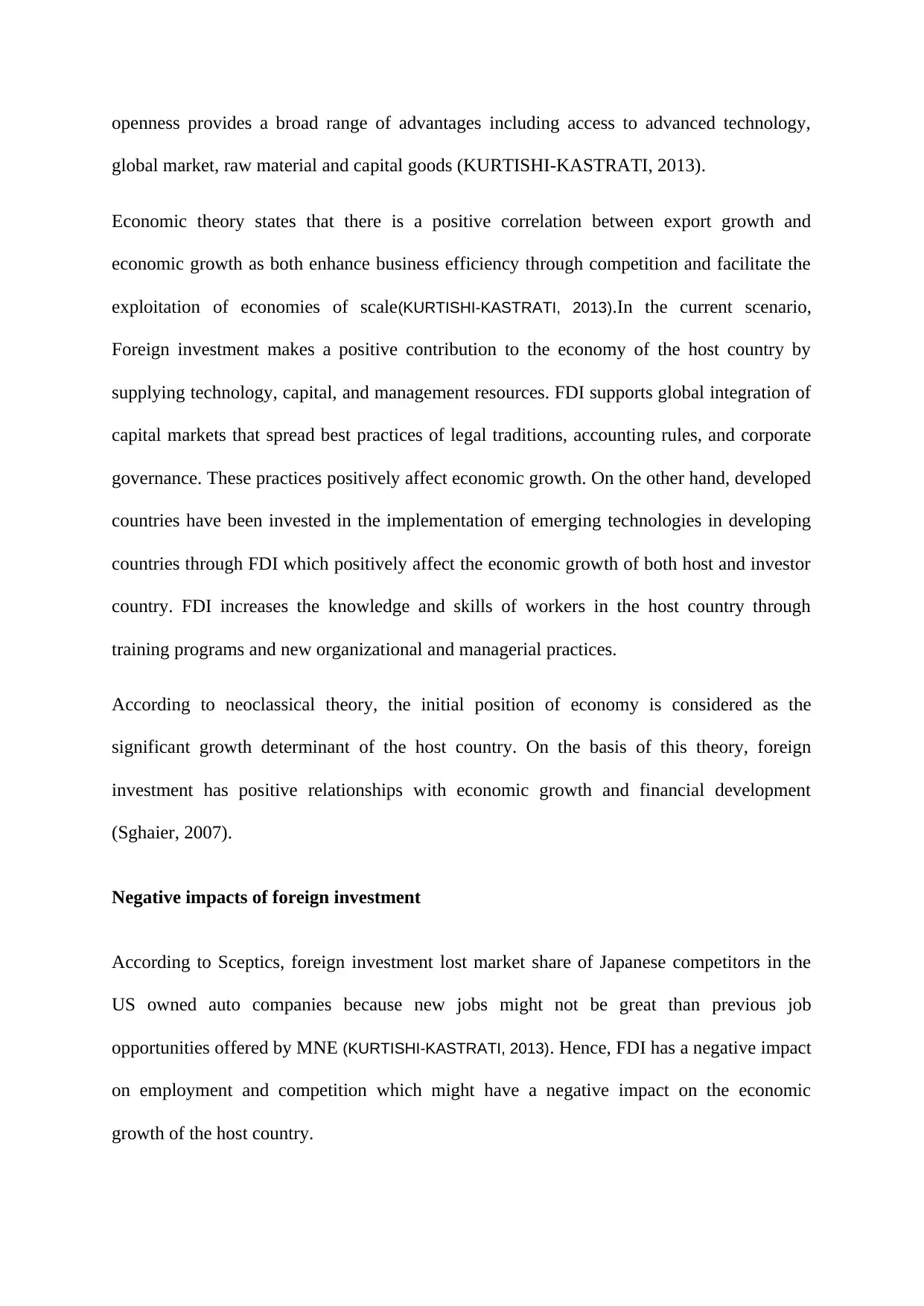
openness provides a broad range of advantages including access to advanced technology,
global market, raw material and capital goods (KURTISHI-KASTRATI, 2013).
Economic theory states that there is a positive correlation between export growth and
economic growth as both enhance business efficiency through competition and facilitate the
exploitation of economies of scale(KURTISHI-KASTRATI, 2013).In the current scenario,
Foreign investment makes a positive contribution to the economy of the host country by
supplying technology, capital, and management resources. FDI supports global integration of
capital markets that spread best practices of legal traditions, accounting rules, and corporate
governance. These practices positively affect economic growth. On the other hand, developed
countries have been invested in the implementation of emerging technologies in developing
countries through FDI which positively affect the economic growth of both host and investor
country. FDI increases the knowledge and skills of workers in the host country through
training programs and new organizational and managerial practices.
According to neoclassical theory, the initial position of economy is considered as the
significant growth determinant of the host country. On the basis of this theory, foreign
investment has positive relationships with economic growth and financial development
(Sghaier, 2007).
Negative impacts of foreign investment
According to Sceptics, foreign investment lost market share of Japanese competitors in the
US owned auto companies because new jobs might not be great than previous job
opportunities offered by MNE (KURTISHI-KASTRATI, 2013). Hence, FDI has a negative impact
on employment and competition which might have a negative impact on the economic
growth of the host country.
global market, raw material and capital goods (KURTISHI-KASTRATI, 2013).
Economic theory states that there is a positive correlation between export growth and
economic growth as both enhance business efficiency through competition and facilitate the
exploitation of economies of scale(KURTISHI-KASTRATI, 2013).In the current scenario,
Foreign investment makes a positive contribution to the economy of the host country by
supplying technology, capital, and management resources. FDI supports global integration of
capital markets that spread best practices of legal traditions, accounting rules, and corporate
governance. These practices positively affect economic growth. On the other hand, developed
countries have been invested in the implementation of emerging technologies in developing
countries through FDI which positively affect the economic growth of both host and investor
country. FDI increases the knowledge and skills of workers in the host country through
training programs and new organizational and managerial practices.
According to neoclassical theory, the initial position of economy is considered as the
significant growth determinant of the host country. On the basis of this theory, foreign
investment has positive relationships with economic growth and financial development
(Sghaier, 2007).
Negative impacts of foreign investment
According to Sceptics, foreign investment lost market share of Japanese competitors in the
US owned auto companies because new jobs might not be great than previous job
opportunities offered by MNE (KURTISHI-KASTRATI, 2013). Hence, FDI has a negative impact
on employment and competition which might have a negative impact on the economic
growth of the host country.
Paraphrase This Document
Need a fresh take? Get an instant paraphrase of this document with our AI Paraphraser
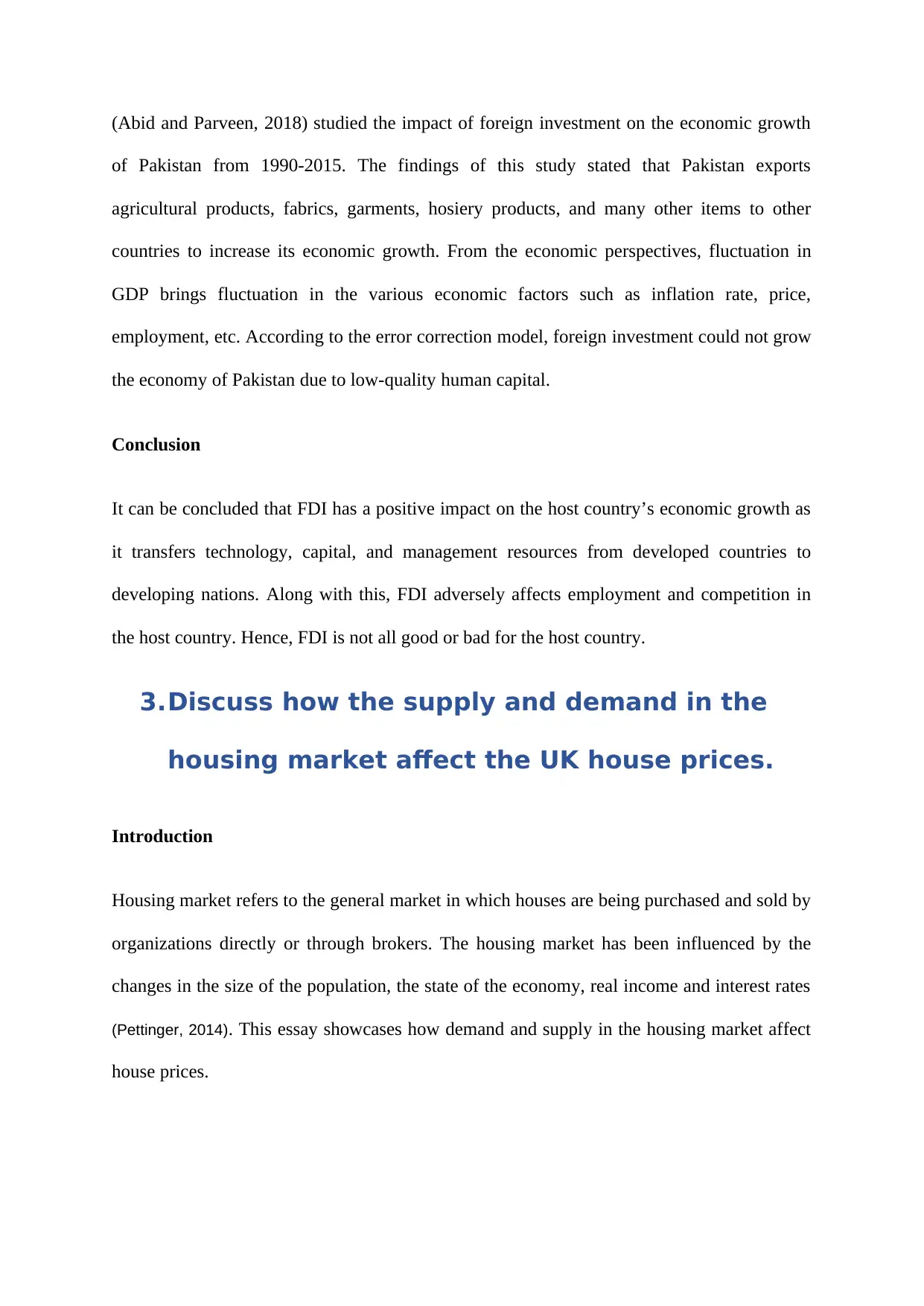
(Abid and Parveen, 2018) studied the impact of foreign investment on the economic growth
of Pakistan from 1990-2015. The findings of this study stated that Pakistan exports
agricultural products, fabrics, garments, hosiery products, and many other items to other
countries to increase its economic growth. From the economic perspectives, fluctuation in
GDP brings fluctuation in the various economic factors such as inflation rate, price,
employment, etc. According to the error correction model, foreign investment could not grow
the economy of Pakistan due to low-quality human capital.
Conclusion
It can be concluded that FDI has a positive impact on the host country’s economic growth as
it transfers technology, capital, and management resources from developed countries to
developing nations. Along with this, FDI adversely affects employment and competition in
the host country. Hence, FDI is not all good or bad for the host country.
3.Discuss how the supply and demand in the
housing market affect the UK house prices.
Introduction
Housing market refers to the general market in which houses are being purchased and sold by
organizations directly or through brokers. The housing market has been influenced by the
changes in the size of the population, the state of the economy, real income and interest rates
(Pettinger, 2014). This essay showcases how demand and supply in the housing market affect
house prices.
of Pakistan from 1990-2015. The findings of this study stated that Pakistan exports
agricultural products, fabrics, garments, hosiery products, and many other items to other
countries to increase its economic growth. From the economic perspectives, fluctuation in
GDP brings fluctuation in the various economic factors such as inflation rate, price,
employment, etc. According to the error correction model, foreign investment could not grow
the economy of Pakistan due to low-quality human capital.
Conclusion
It can be concluded that FDI has a positive impact on the host country’s economic growth as
it transfers technology, capital, and management resources from developed countries to
developing nations. Along with this, FDI adversely affects employment and competition in
the host country. Hence, FDI is not all good or bad for the host country.
3.Discuss how the supply and demand in the
housing market affect the UK house prices.
Introduction
Housing market refers to the general market in which houses are being purchased and sold by
organizations directly or through brokers. The housing market has been influenced by the
changes in the size of the population, the state of the economy, real income and interest rates
(Pettinger, 2014). This essay showcases how demand and supply in the housing market affect
house prices.
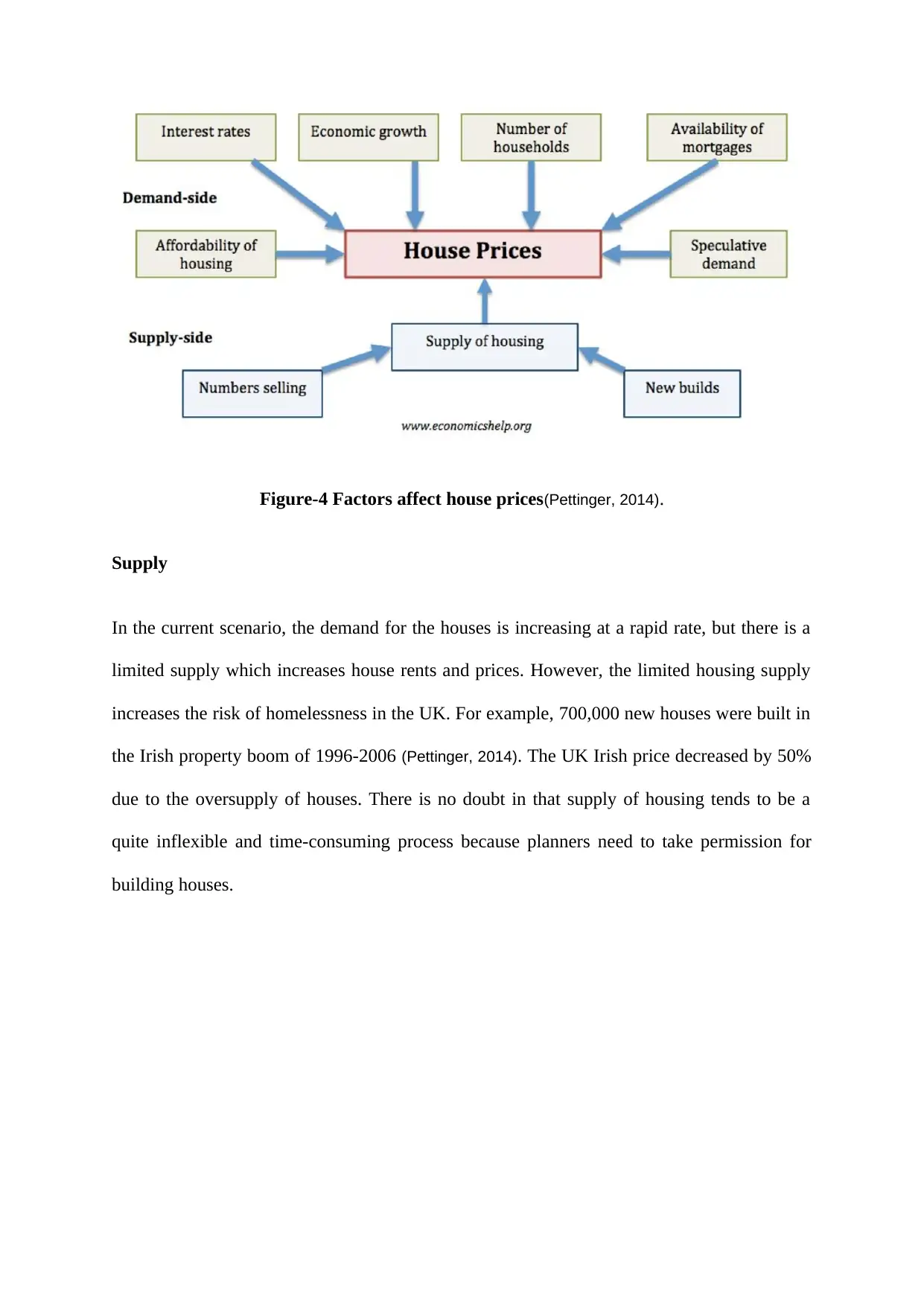
Figure-4 Factors affect house prices(Pettinger, 2014).
Supply
In the current scenario, the demand for the houses is increasing at a rapid rate, but there is a
limited supply which increases house rents and prices. However, the limited housing supply
increases the risk of homelessness in the UK. For example, 700,000 new houses were built in
the Irish property boom of 1996-2006 (Pettinger, 2014). The UK Irish price decreased by 50%
due to the oversupply of houses. There is no doubt in that supply of housing tends to be a
quite inflexible and time-consuming process because planners need to take permission for
building houses.
Supply
In the current scenario, the demand for the houses is increasing at a rapid rate, but there is a
limited supply which increases house rents and prices. However, the limited housing supply
increases the risk of homelessness in the UK. For example, 700,000 new houses were built in
the Irish property boom of 1996-2006 (Pettinger, 2014). The UK Irish price decreased by 50%
due to the oversupply of houses. There is no doubt in that supply of housing tends to be a
quite inflexible and time-consuming process because planners need to take permission for
building houses.
⊘ This is a preview!⊘
Do you want full access?
Subscribe today to unlock all pages.

Trusted by 1+ million students worldwide
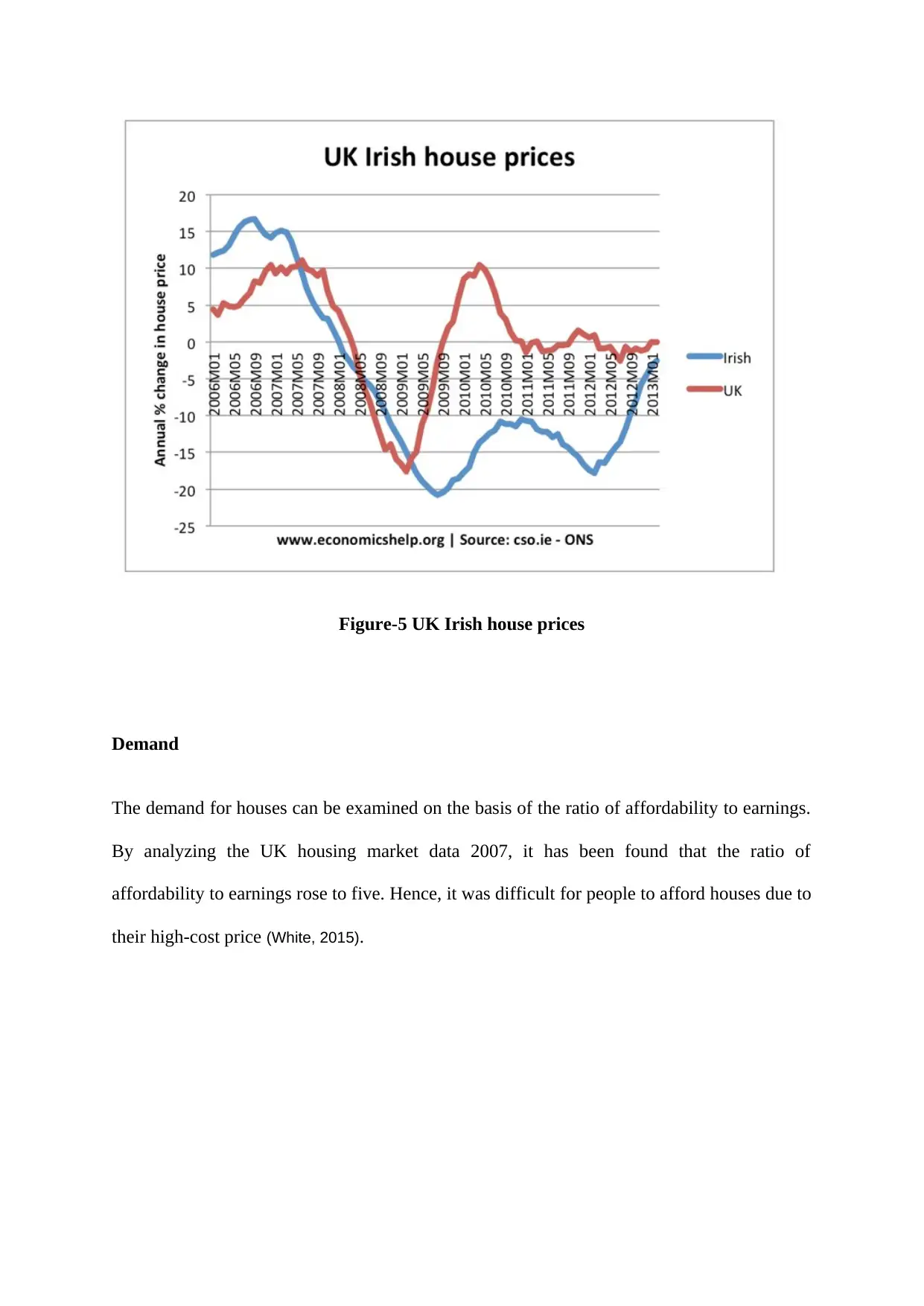
Figure-5 UK Irish house prices
Demand
The demand for houses can be examined on the basis of the ratio of affordability to earnings.
By analyzing the UK housing market data 2007, it has been found that the ratio of
affordability to earnings rose to five. Hence, it was difficult for people to afford houses due to
their high-cost price (White, 2015).
Demand
The demand for houses can be examined on the basis of the ratio of affordability to earnings.
By analyzing the UK housing market data 2007, it has been found that the ratio of
affordability to earnings rose to five. Hence, it was difficult for people to afford houses due to
their high-cost price (White, 2015).
Paraphrase This Document
Need a fresh take? Get an instant paraphrase of this document with our AI Paraphraser
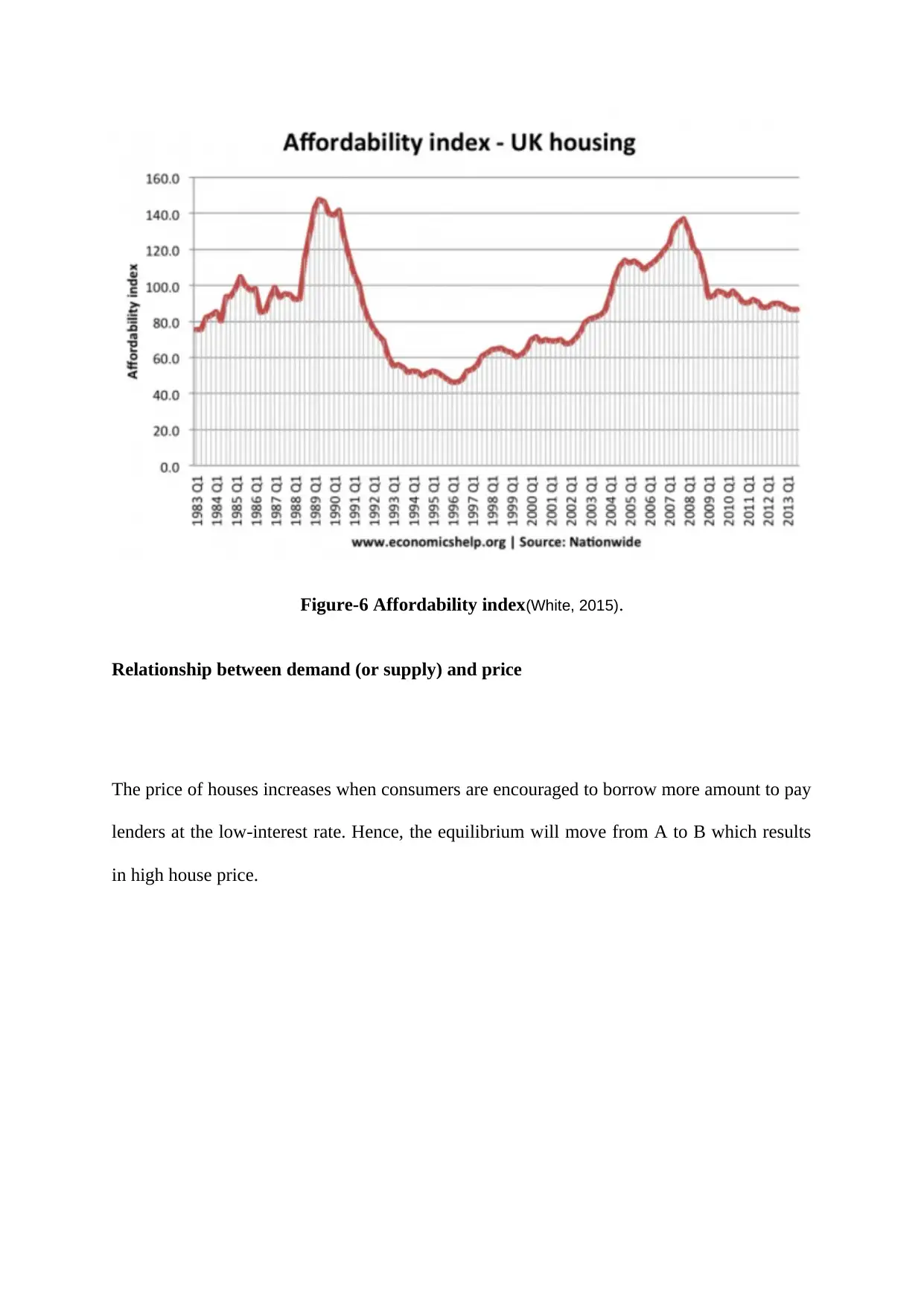
Figure-6 Affordability index(White, 2015).
Relationship between demand (or supply) and price
The price of houses increases when consumers are encouraged to borrow more amount to pay
lenders at the low-interest rate. Hence, the equilibrium will move from A to B which results
in high house price.
Relationship between demand (or supply) and price
The price of houses increases when consumers are encouraged to borrow more amount to pay
lenders at the low-interest rate. Hence, the equilibrium will move from A to B which results
in high house price.
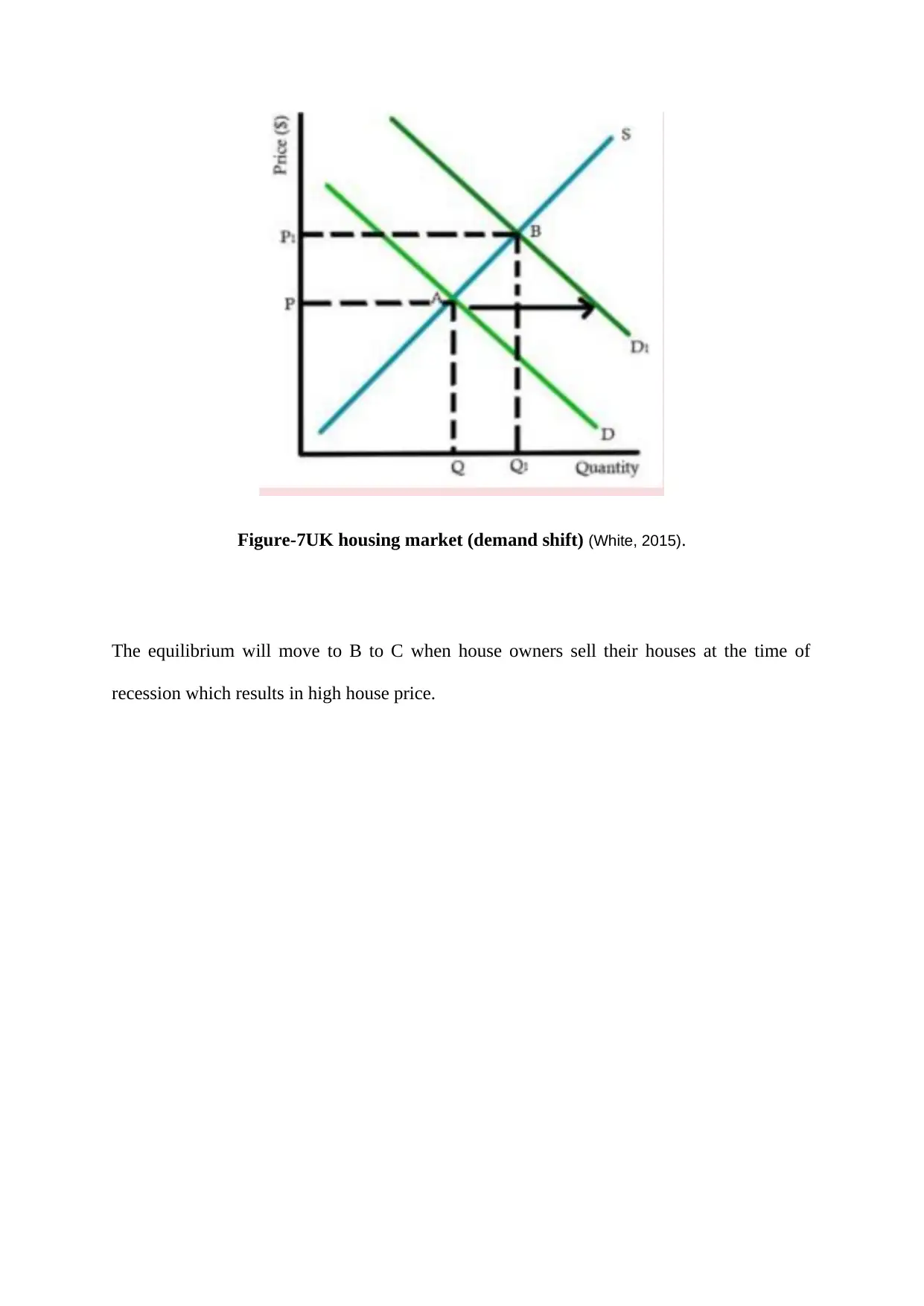
Figure-7UK housing market (demand shift) (White, 2015).
The equilibrium will move to B to C when house owners sell their houses at the time of
recession which results in high house price.
The equilibrium will move to B to C when house owners sell their houses at the time of
recession which results in high house price.
⊘ This is a preview!⊘
Do you want full access?
Subscribe today to unlock all pages.

Trusted by 1+ million students worldwide
1 out of 23
Related Documents
Your All-in-One AI-Powered Toolkit for Academic Success.
+13062052269
info@desklib.com
Available 24*7 on WhatsApp / Email
![[object Object]](/_next/static/media/star-bottom.7253800d.svg)
Unlock your academic potential
Copyright © 2020–2025 A2Z Services. All Rights Reserved. Developed and managed by ZUCOL.





